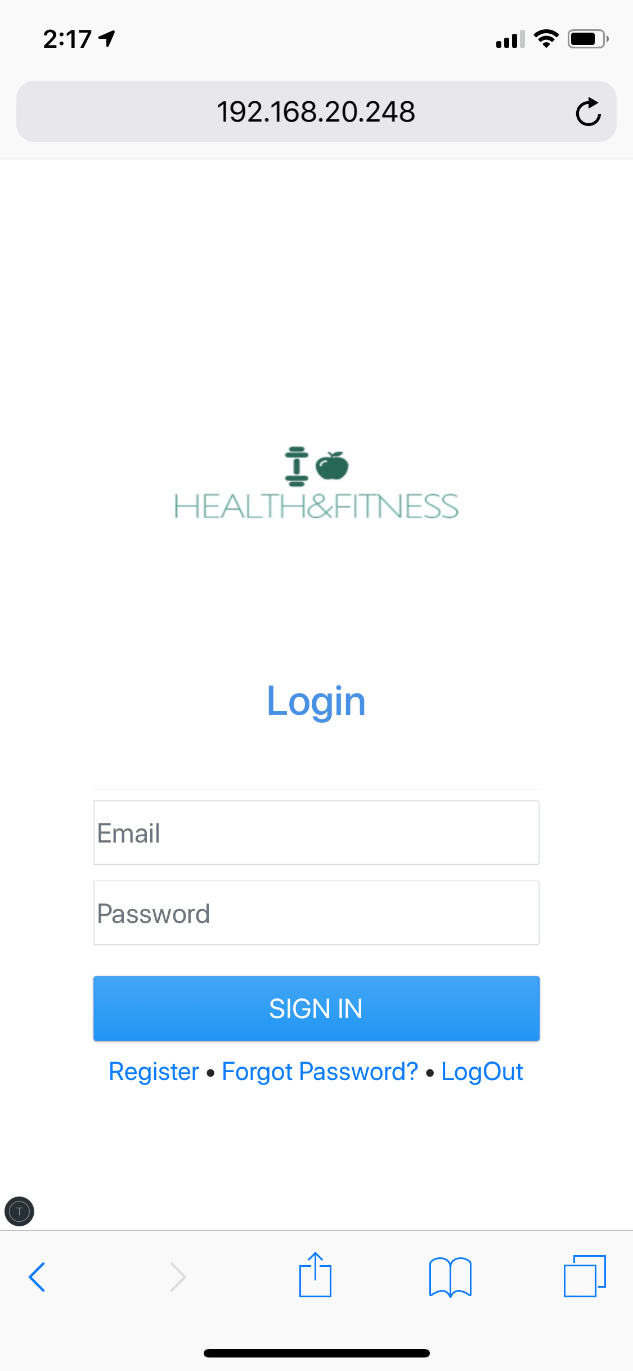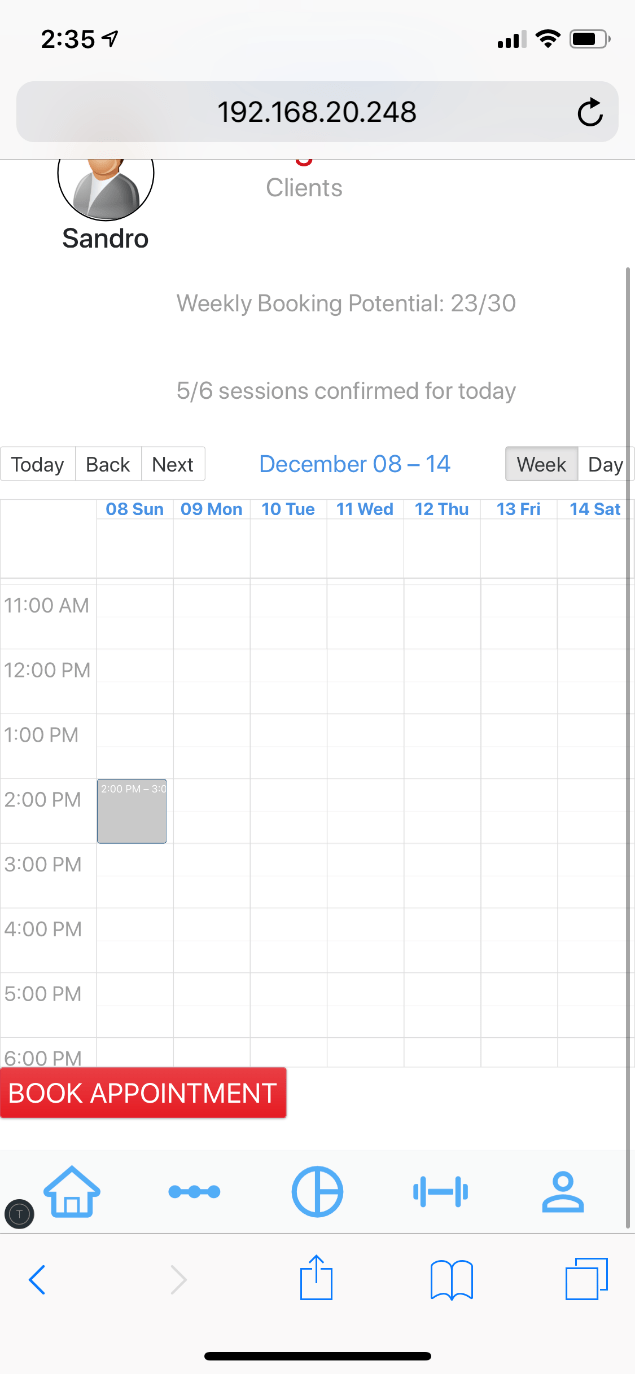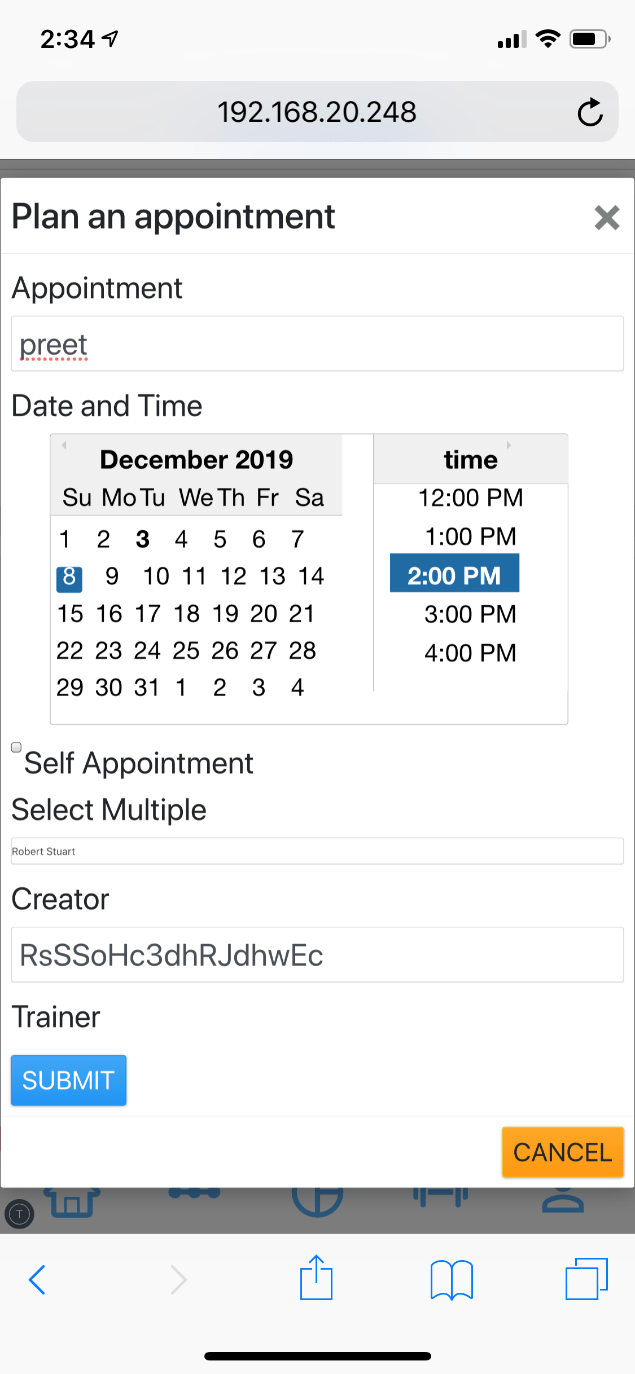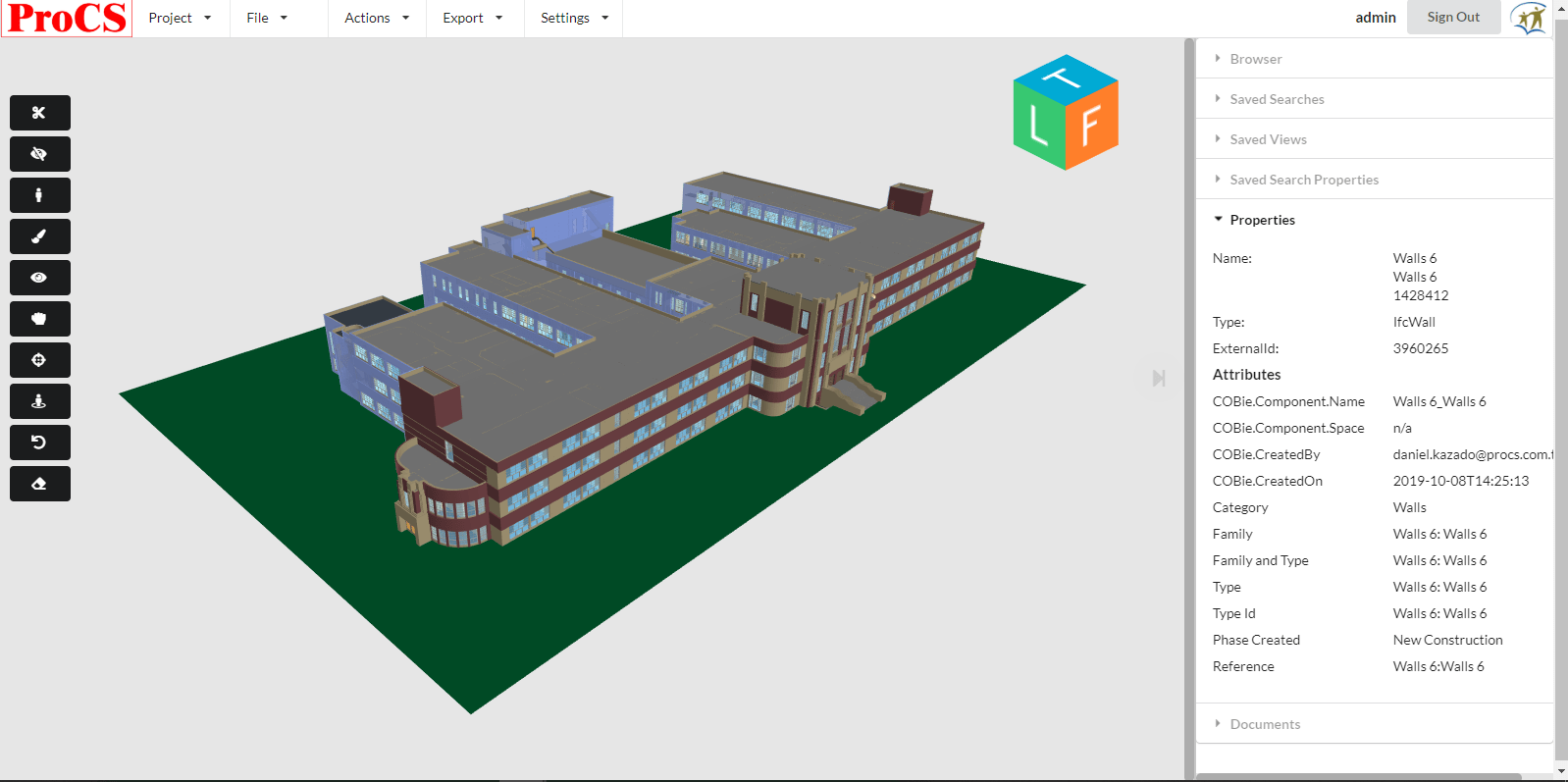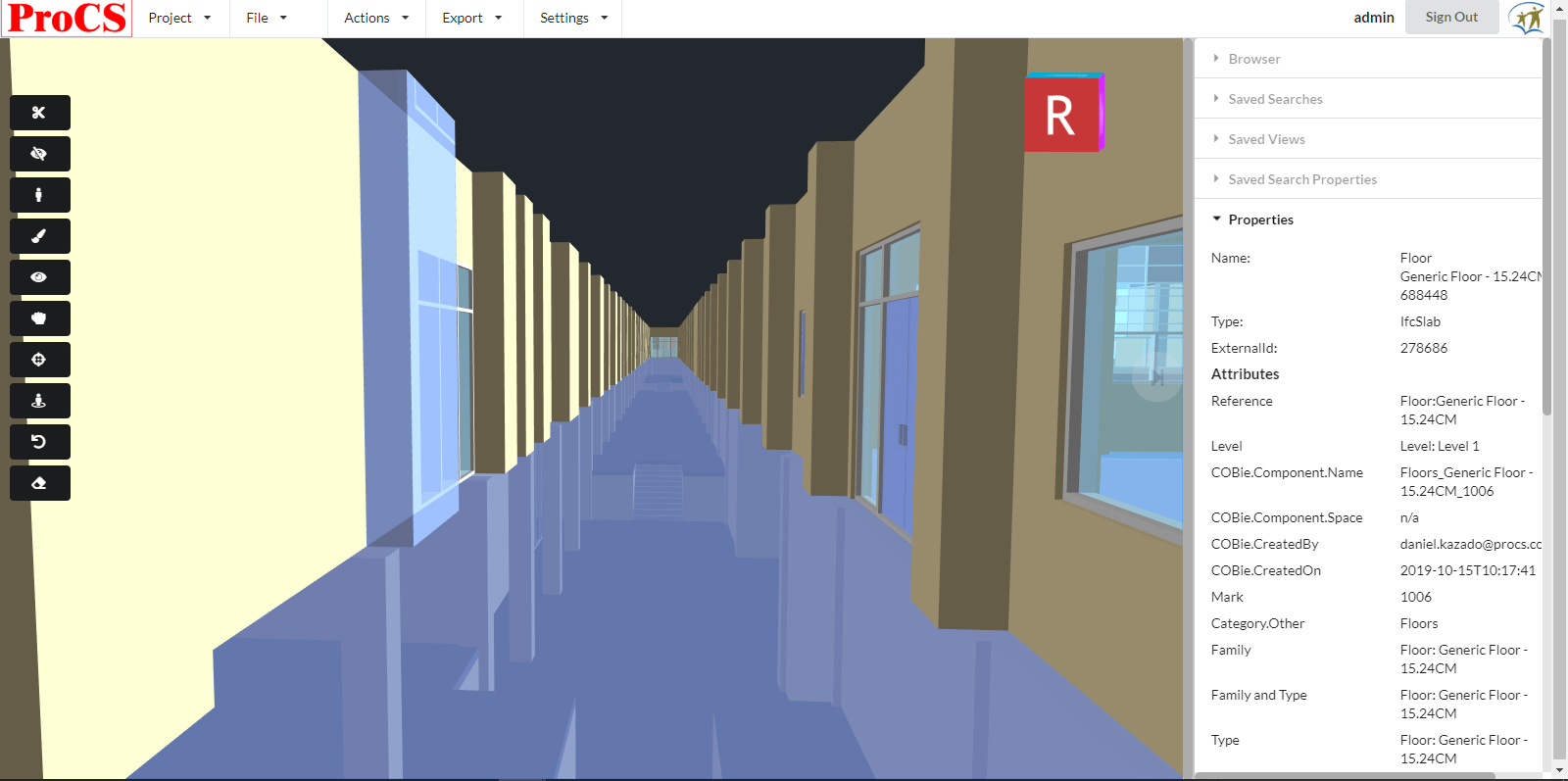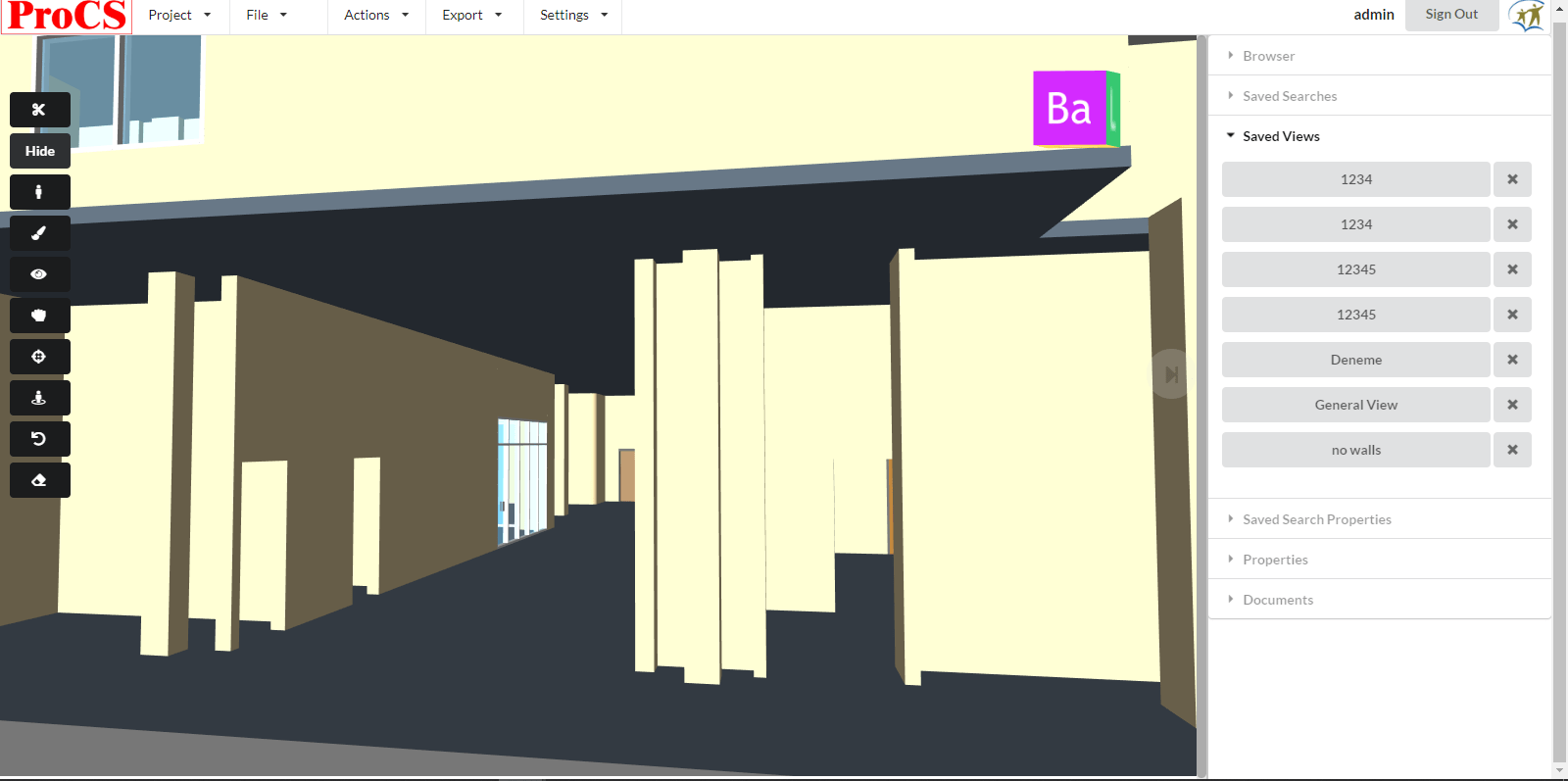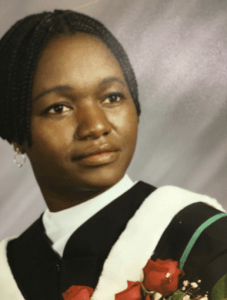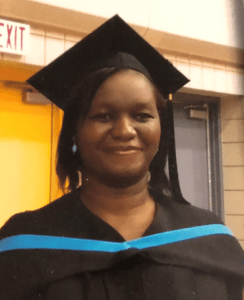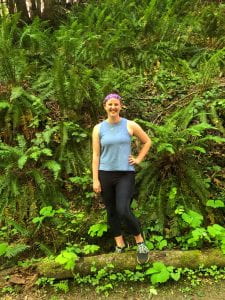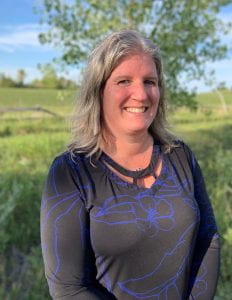Health and Fitness Tracker
Project Term: Fall 2019
The traditional tools personal trainers use to keep track of client sessions, dietary habits, workout activities, and goals are often outdated, cumbersome, and time-consuming. Our students developed a mobile application that combines all these features into a single web-based solution.
Soft skills are the key ingredient to project success
In building the health and fitness tracker, the students developed soft skills, including teamwork, communication, conflict resolution, and time management skills. These skills were essential in managing expectations for the project, eliciting requirements, and building an effective solution in a timely manner.
Deliverables
The development team completed the following section deliverables for the project during the fall term at the ACE Project Space:
- Schedule
- Workout programs
- Habits
Technologies used
- React
- Meteor
- Technical reporting
- Kanban board
- Story mapping
- Git
- MongoDB

